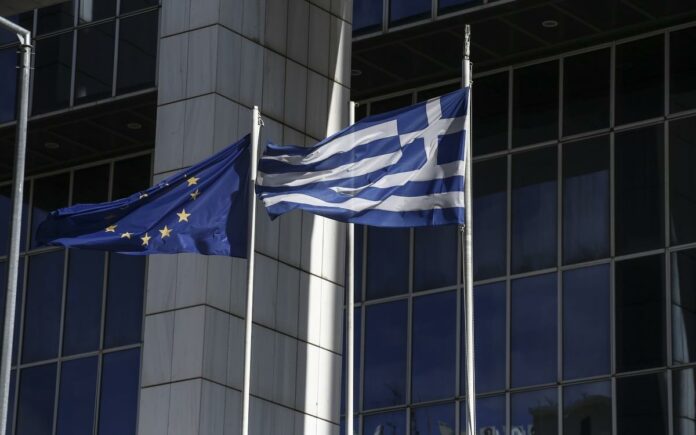Monday’s breakthrough in talks between creditors and the leftist Greek government means a return of negotiators to Athens — next week — to conclude the second review of the now delayed second review of the third bailout, although the “key” appears to be the Greek side’s acceptance of “precautionary” fiscal measures to ensure primary budget surplus targets after 2018.
In terms of “concessions” tangled by institutional creditors, the latter are expected to detail medium-term debt relief measures, whereas the European Central Bank (ECB) is expected – at least unofficially – to examine when Greek bonds can be included again in its Quantitative Easing (QE) program.
Generally speaking, creditors want:
- Precautionary fiscal measures, namely, a reduction in the tax-free annual income threshold of 8,600 euros and a “harmonization” (downwards) of pension rates
- The level of such measures to equal 2 percent of Greece’s GDP, roughly 3.6 billion euros, and with implementation after 2018
- Meeting a 3.5-percent primary budget surplus target, as a percentage of GDP, for five years after 2018
Conversely, European partners and creditors are reportedly considering the following, as previously stated:
- Detailing medium-term debt relief measures for Greece’s external debts
- Inclusion in the QE program
In a bid to “sweeten” the coming “precautionary” measures, creditors and Athens are studying the prospect of
- Financing growth-oriented initiatives in case revenue and fiscal targets are exceeded
- Possible “soft loans” to finance employment growth














